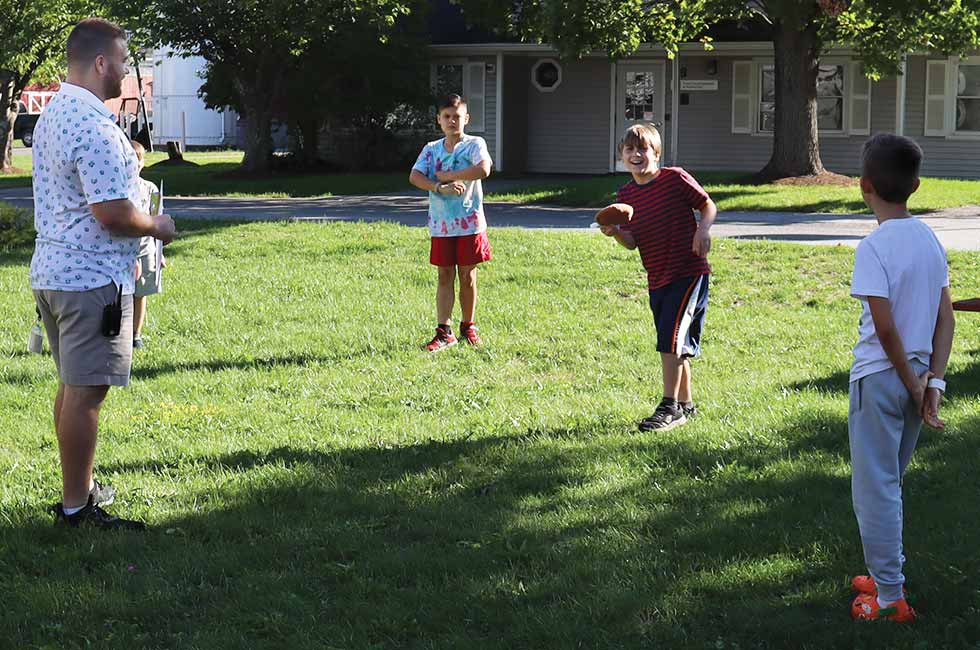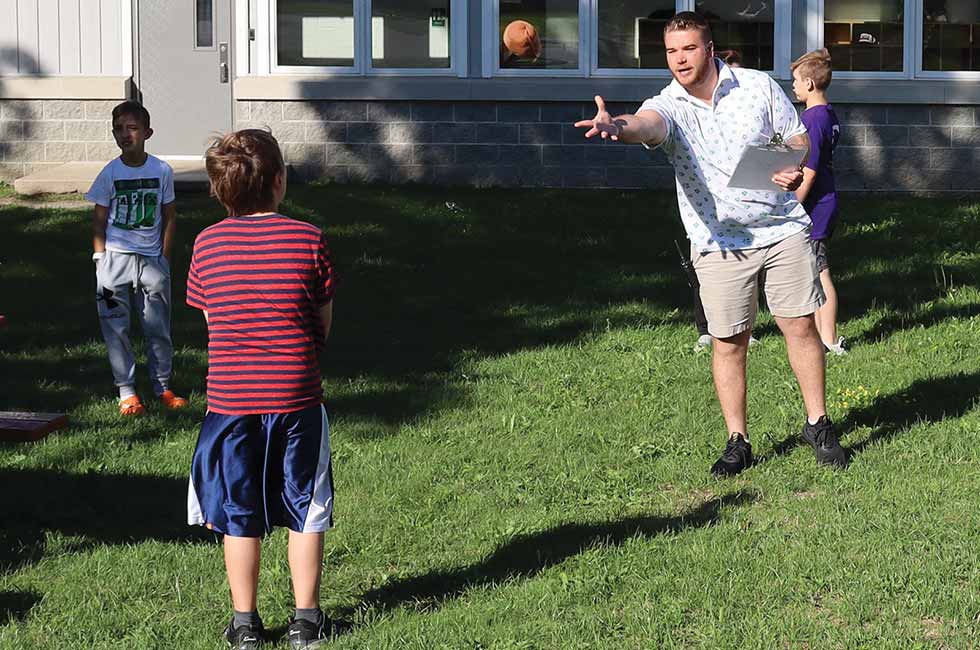Announcements


Maintaining a general sense of respect, ownership and personal responsibility for one’s environment is paramount in developing a strong community that promotes learning, growth, and positive change. Restorative Justice is a recognized social model, which serves to improve and repair relationships between people and communities. The goal is to create a system that connects the entire community in a way that each member is able to resolve conflict, and actively work towards the betterment of the group.
The single most important aspect of mental health is feeling safe. Restorative Justice supports a way of thinking that focuses on creating safe spaces for real conversations that deepen relationships and build stronger, more connected communities. In a school setting, restorative justice allows teachers to:
When conflict arises, it is imperative to mend relationships between students and help them heal that wound.
Green Chimneys embraces the principles of restorative justice throughout the organization, integrating many of its tools into the school and residential programs to strengthen students’ skills in communication, making healthy choices, and in being supportive and productive members of the campus community. Dialogue circles, and related techniques, work hand-in-hand with the therapeutic support we are providing students in all aspects of their programming. Through these practices, youth and staff are engaging in consistent dialogue that enable them to equally share in the responsibility of maintaining a safe, productive environment.

Green Chimneys Teacher Zac Craybas employs restorative practices to guide students in resolving conflicts on their own or in small groups with peers. “It’s essential to reintegrate these students back into the classroom community and make amends,” says Zac. “I have found that a “restorative circle” is a great intervention that invites participation; students get to share their personal perspective and feel heard.” Zac typically starts with a mindfulness activity, such as asking everyone to close their eyes or look gently at the ground. He checks in with each individual as to how they are feeling on a scale of 1 to 5, and uses this to determine if students are truly ready to talk about their actions.
“I like to let my students know it is ok to be in the 4-5 range, so I often ask ‘Would anybody like to share why they’re a 5 today?’” explains Zac. “I also use a talking piece, such as a stress ball or fidget toy, to symbolize who has the floor. These discussions can prompt stress and anxiety, and providing a safe tool to decrease that while also limiting student interruptions or speaking over each other keeps everyone focused.”
To reinforce safety and trust, students can write confidential topics of conversation on pieces of paper and place them in a cup beforehand. Zac will begin the restorative circle by pulling out a topic and allowing students the opportunity to share without repercussions. “My focus is to de-escalate, self-reflect, and encourage everyone to hear the other side of the story,” says Zac. When no one feels judged, shamed or blamed, teachers are able to provide students with safer choices and together, they are able to collaborate for future strategies.
The ability to learn from mistakes is an important signifier of growth. And the ability to forgive is crucial in repairing relationships and restoring the environment. Restorative practice helps youth by asking: What happened? What have you thought about since? What were you thinking at the time? Who was affected? How do we make things right? Providing students the space to share their story or their reaction to an incident is an empowering step in maintaining a culture of safety, respect, and valuing relationships within the community.

Crowned the best for falconry in medieval times, gyrfalcons were once reserved for kings. As the largest falcon in the world, with exquisite plumage ranging from bright white to deep charcoal, gyrs are revered for their powerful skill of flight. Their long wings make hunting waterfowl from 3,000-feet-high a feasible and fantastical feat. This falcon was flown in the sport of falconry for several years.